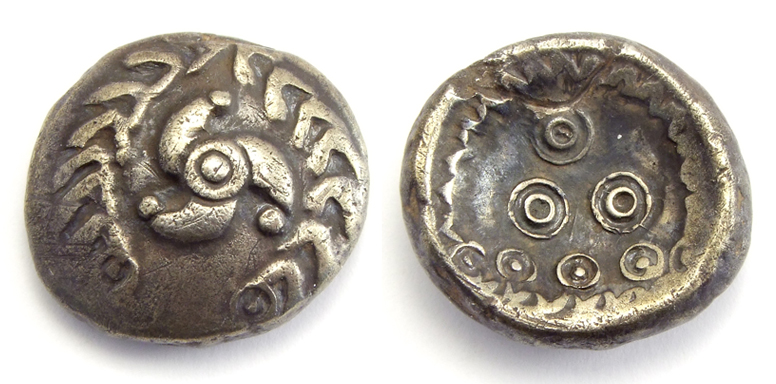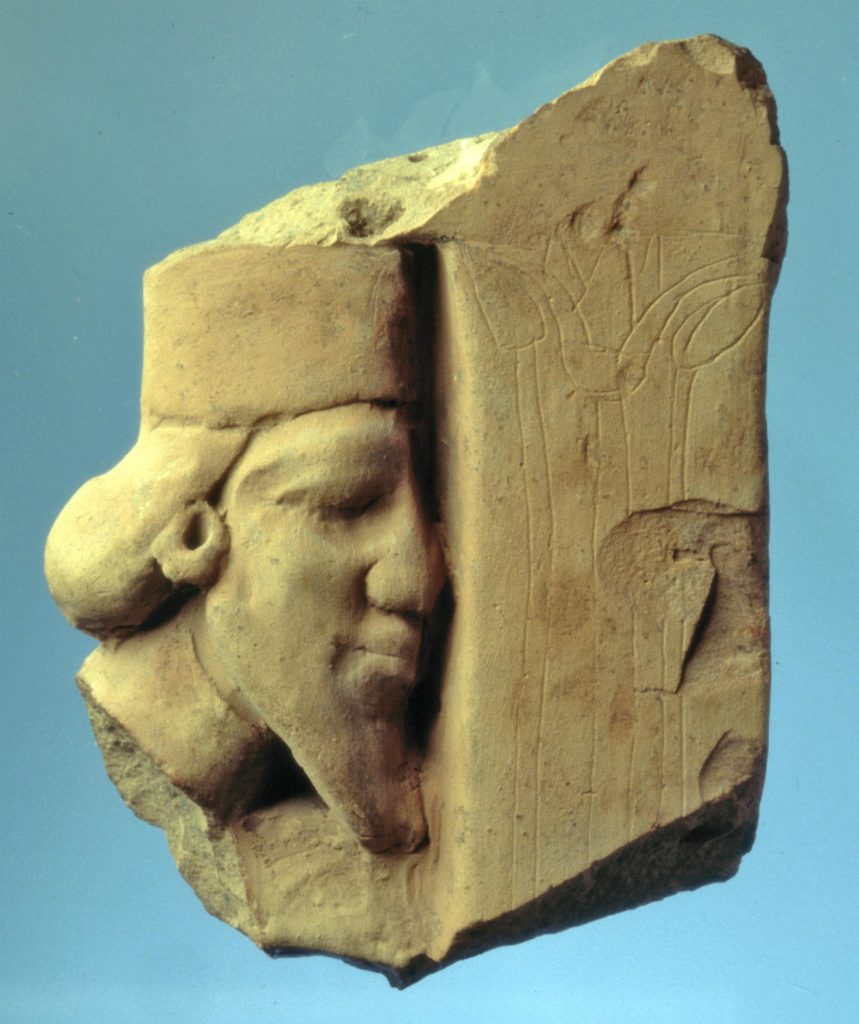This spring I am teaching a course at Hofstra University entitled ‘Before Bitcoin: The Early History of Money’ (a title suggested by the History Department to get butts in seats, successfully I might add), and this past week we discussed Late Antique coinage, that is, the end (in more ways than one) of the monetary systems of the Greek and Roman worlds. In doing so I showed my students this coin:

I had never stopped to think about the emperor who minted it, one Magnus Maximus, literally ‘Great Greatest.’ As I remarked to my students, it sounds like he was named by Donald Trump. This ambitiously-named emperor made a bid for power in 383 CE, first deposing Gratian and then later, unsuccessfully, opposing Valentinian II and Theodosius I; he was executed in 388. What I did not realize at all was that he subsequently passed into Welsh legend, appearing in Geoffrey of Monmouth and The Dream of Macsen Wledig, in which Macsen, the Roman emperor, is led by a dream to Wales, where he meets his true love Elen. In his absence from Rome Macsen is overthrown and, with the help of his new Welsh allies, he re-conquers the empire, giving the Welsh Brittany in thanks for their service.

He was also claimed as an ancestor by various Welsh kings; for example, he appears on the 9th century Pillar of Eliseg as an ancestor of Cyngen ap Cadell (died 855), King of Powys.

Not a bad afterlife for a flash-in-the-pan emperor I barely knew existed!



